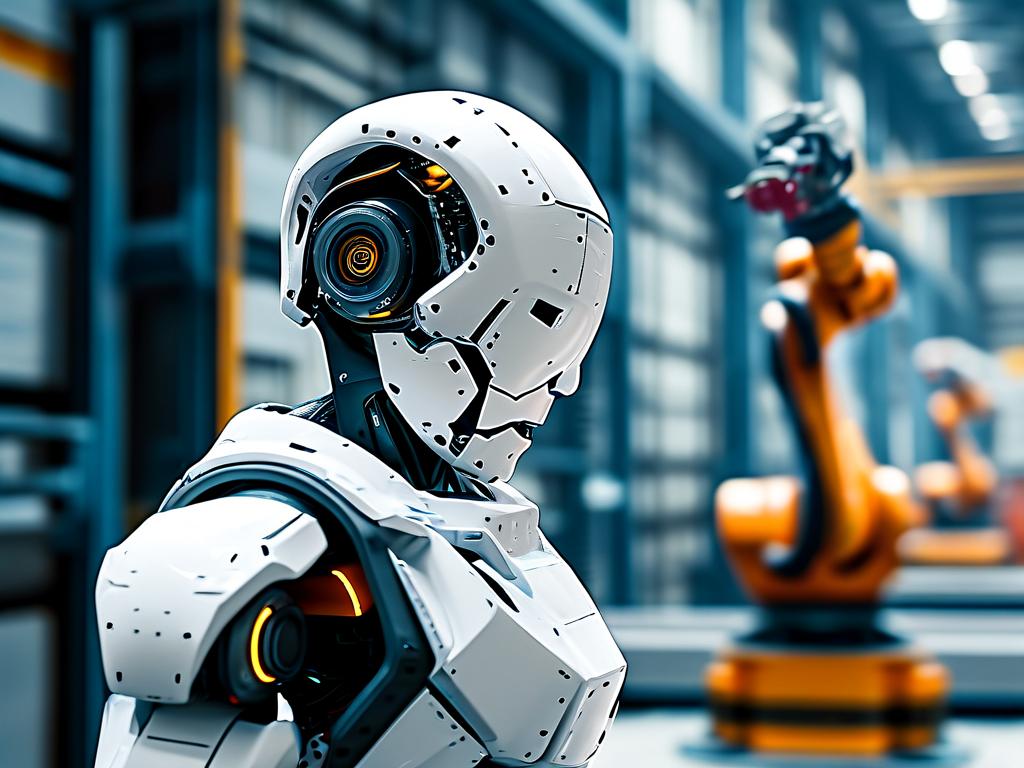The fields of robotics engineering and robotics technology are often conflated in public discourse, yet they represent distinct disciplines with unique objectives, skill sets, and professional trajectories. While both domains contribute to the development and implementation of robotic systems, their approaches to problem-solving, educational foundations, and industry roles diverge significantly. Understanding these differences is critical for students, professionals, and organizations navigating the rapidly evolving automation landscape.

Conceptual Foundations
Robotics engineering revolves around the design, analysis, and creation of robotic systems through rigorous scientific principles. This discipline integrates mechanical engineering, electrical systems, control theory, and advanced mathematics to develop novel hardware architectures and motion control algorithms. Engineers in this field frequently engage in prototyping actuators, optimizing sensor networks, and solving complex kinematic challenges.
Conversely, robotics technology focuses on implementing, maintaining, and optimizing existing robotic solutions. Technologists specialize in configuring commercial robotic arms for manufacturing lines, programming collaborative robots (cobots) for specific tasks, and troubleshooting operational issues in deployed systems. Their work bridges theoretical designs with practical applications in industrial settings.
Educational Pathways
Academic programs in robotics engineering typically emphasize foundational engineering courses such as thermodynamics, material science, and differential equations. Students develop deep expertise in system integration, often completing capstone projects that involve building functional robots from component-level designs. Advanced coursework may include neural network architectures for autonomous navigation or quantum computing applications in swarm robotics.
Robotics technology curricula prioritize applied technical skills, offering courses in PLC programming, industrial automation standards, and robotic cell calibration. Hands-on training with industry-standard equipment like FANUC controllers or UR cobot interfaces forms a core component of these programs. Certifications in specific robotic platforms frequently complement formal degrees.
Industry Applications
In automotive manufacturing, robotics engineers might develop proprietary welding robots with adaptive force feedback systems. These professionals work on multi-year R&D cycles, collaborating with materials scientists to create lightweight end-effectors or with AI researchers to implement machine vision upgrades.
Robotics technologists in the same sector typically oversee the deployment of these engineered systems. Their responsibilities include programming welding paths, conducting preventive maintenance on robotic workcells, and retooling systems for new vehicle models. During production halts, they might diagnose communication errors between robots and centralized control systems using ladder logic diagnostics.
Skill Set Differentiation
A robotics engineer’s toolkit often includes:
- Finite element analysis for structural optimization
- Proficiency in ROS (Robot Operating System) for simulation
- Expertise in embedded systems programming
Robotics technologists cultivate complementary competencies:
- Mastery of teach pendant operations
- Proficiency in ISO 10218 safety standard compliance
- Expertise in cycle time optimization through path planning
Career Progression
Engineering roles frequently lead to positions in research institutions or corporate innovation labs, where professionals pioneer breakthroughs in soft robotics or haptic feedback systems. Senior engineers might oversee the development of medical exoskeletons or space exploration rovers.
Technology professionals often advance into supervisory roles managing factory automation teams or become consultants optimizing warehouse logistics. With experience, they may specialize in emerging areas like agricultural drone fleet management or underwater ROV maintenance.
Economic Considerations
The robotics engineering sector shows strong growth in AI-driven design automation tools, with demand surging for professionals who can integrate machine learning into robotic perception systems. Meanwhile, robotics technology employment is expanding in e-commerce fulfillment centers and automated inspection services, particularly for technicians skilled in multi-brand system integration.
Interdisciplinary Collaboration
Successful robotic implementations require synergy between both disciplines. Engineers depend on technologists’ field feedback to improve next-gen designs, while technologists rely on engineers to push hardware capabilities. This collaboration is exemplified in smart factory initiatives, where engineers develop AI-powered quality control systems that technologists then deploy across production lines.
As the Fourth Industrial Revolution accelerates, both robotics engineers and technologists will play vital but distinct roles. The former will continue pushing technological boundaries through innovation, while the latter will ensure these advancements translate into reliable, efficient real-world applications. Organizations that strategically leverage both skill sets will maintain competitive advantages in automation-driven markets.

